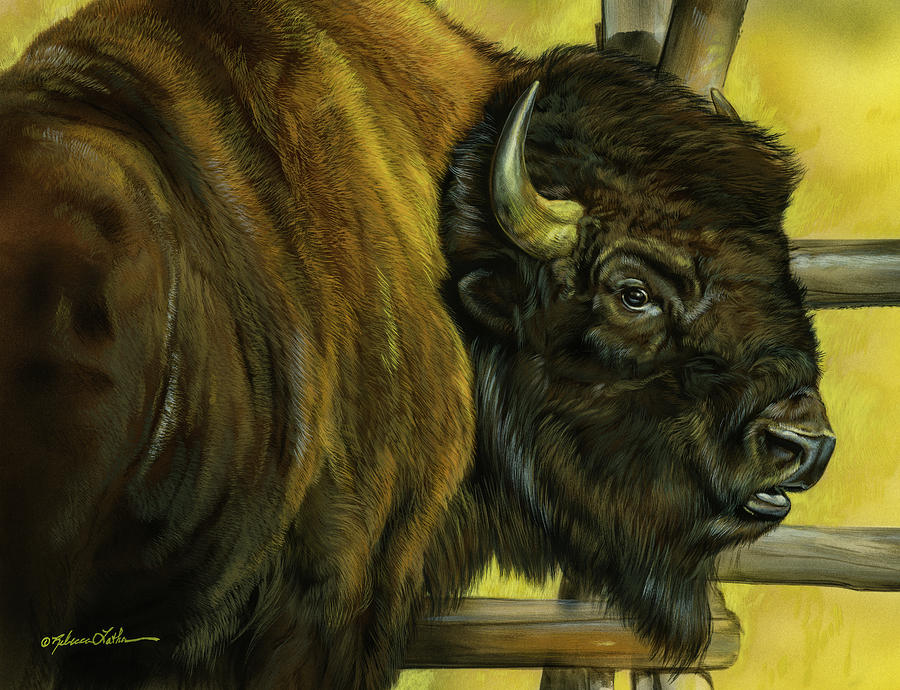Art has the power to shape perception. It can illuminate unseen details, evoke emotion, and foster understanding. For those of us who paint the natural world, this power comes with a profound responsibility—to portray wildlife with accuracy, integrity, and, most importantly, respect.
Every brushstroke carries meaning. A falcon in mid-flight, its wings stretched in quiet mastery of the wind, is more than an image; it is a reflection of nature’s elegance. The softness in a fox’s expression, the quiet watchfulness of a deer, the cautious stance of a lynx—each detail must be approached with reverence. To render an animal carelessly or without understanding is to diminish its truth.
Respect in wildlife art is not simply a matter of technique. It is rooted in observation, in patience, in learning the rhythms of the creatures we depict. To honor them means to paint them as they are—not as symbols, not as mere subjects, but as beings with lives shaped by the landscapes they inhabit. It means acknowledging their struggles, their resilience, their place in an ever-changing world.
As wildlife artists, we are interpreters of nature. Our work can foster admiration, can inspire protection, can remind viewers that these creatures are not distant figures in a removed wilderness but are part of a shared world—one that deserves care. That is the role of art. Not simply to depict, but to respect.
If, through careful and truthful portrayal, an artist can deepen a viewer’s connection to wildlife—if they can inspire recognition, empathy, even action—then the work has fulfilled its purpose. For in every painting, sketch, or sculpture, there is an opportunity not just to admire nature, but to honor it.
